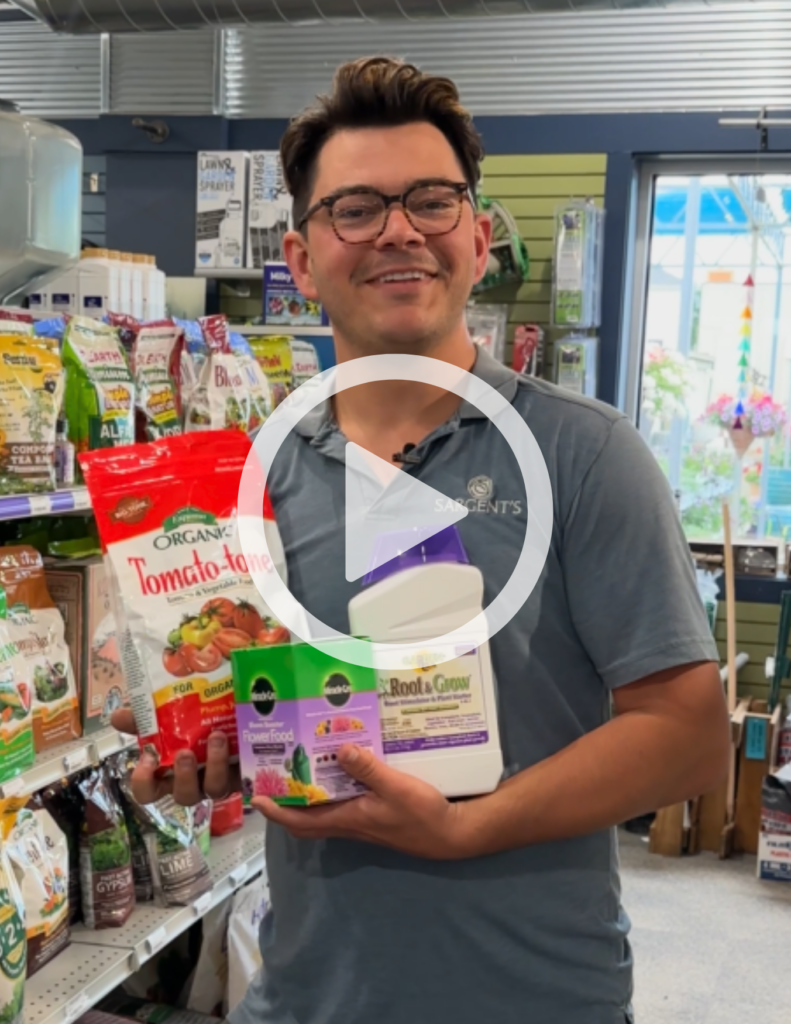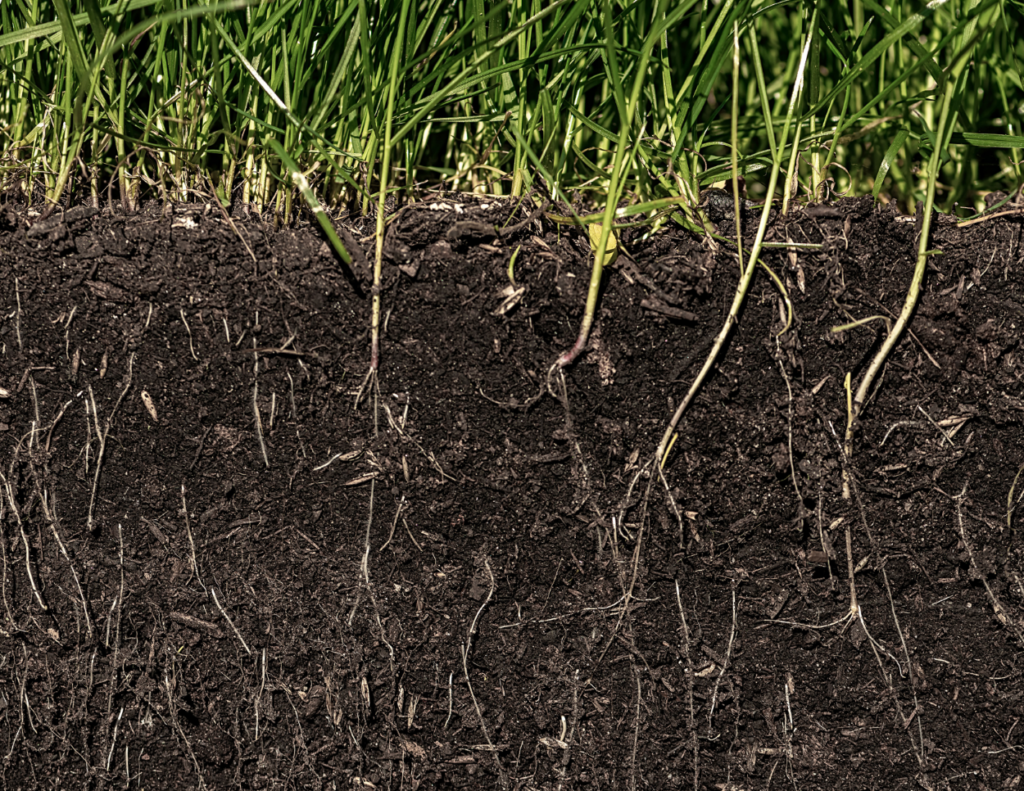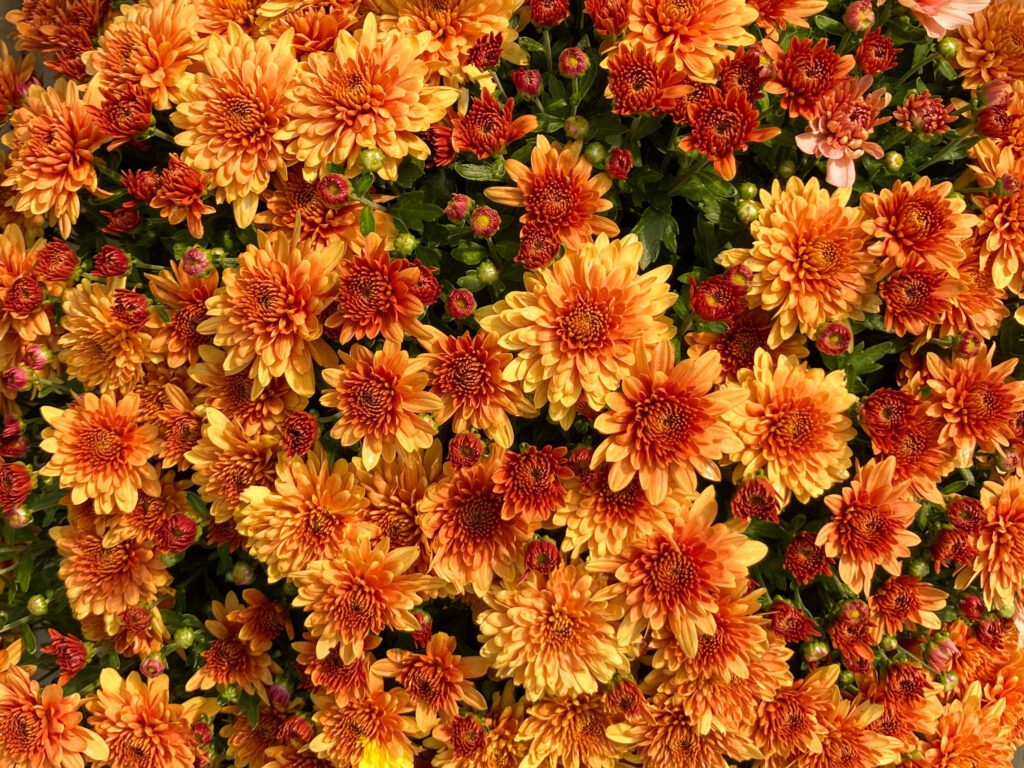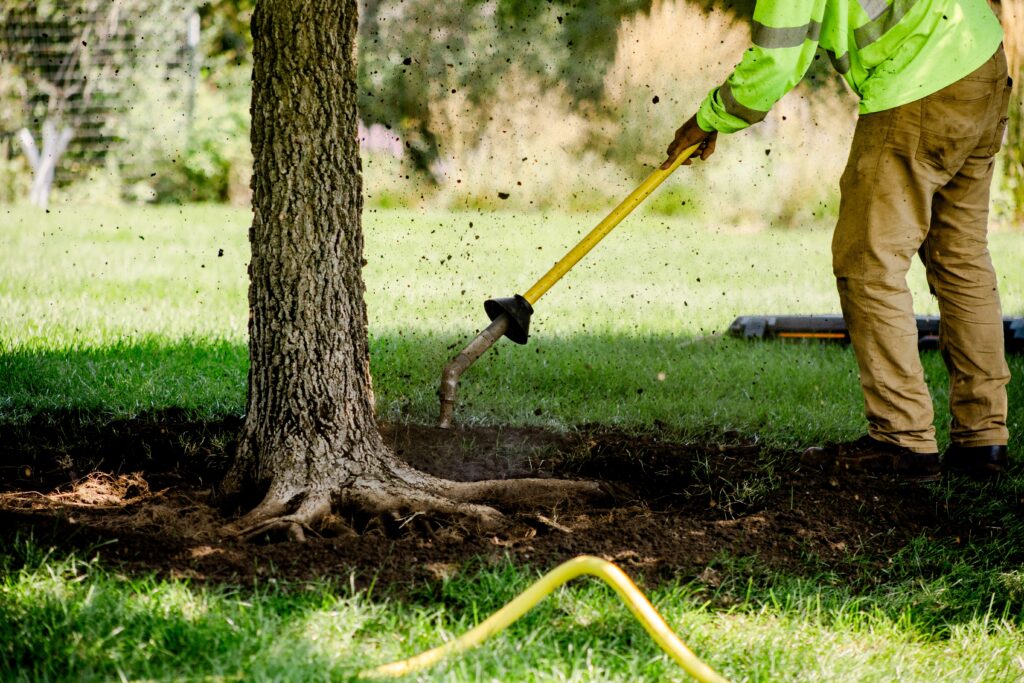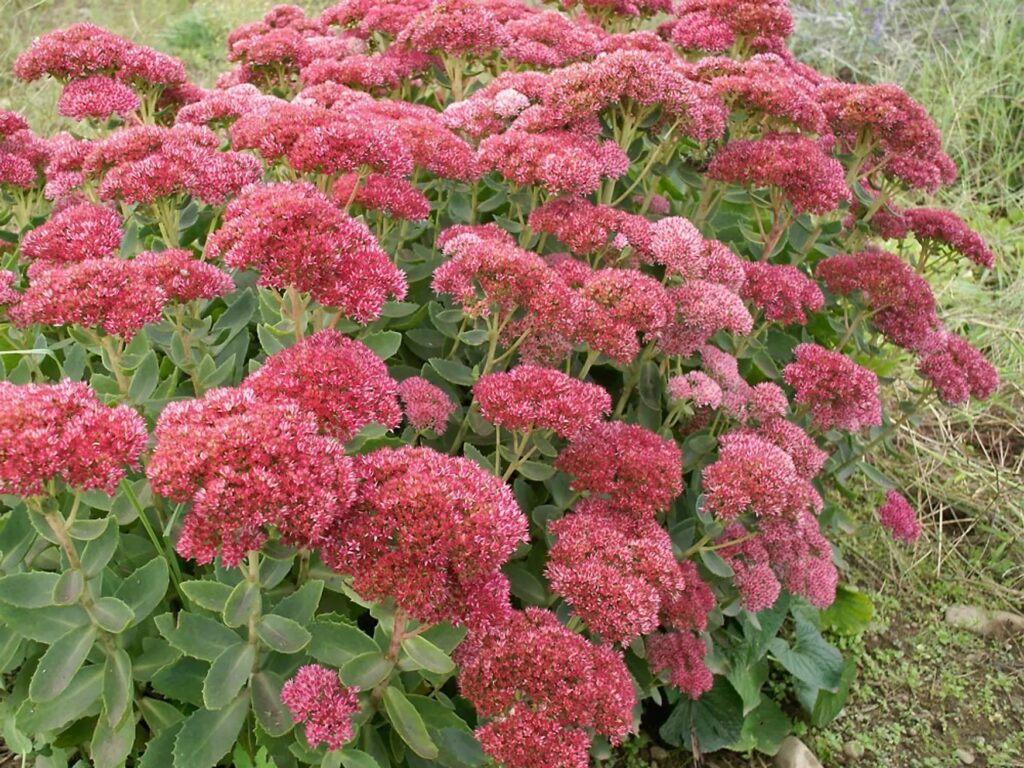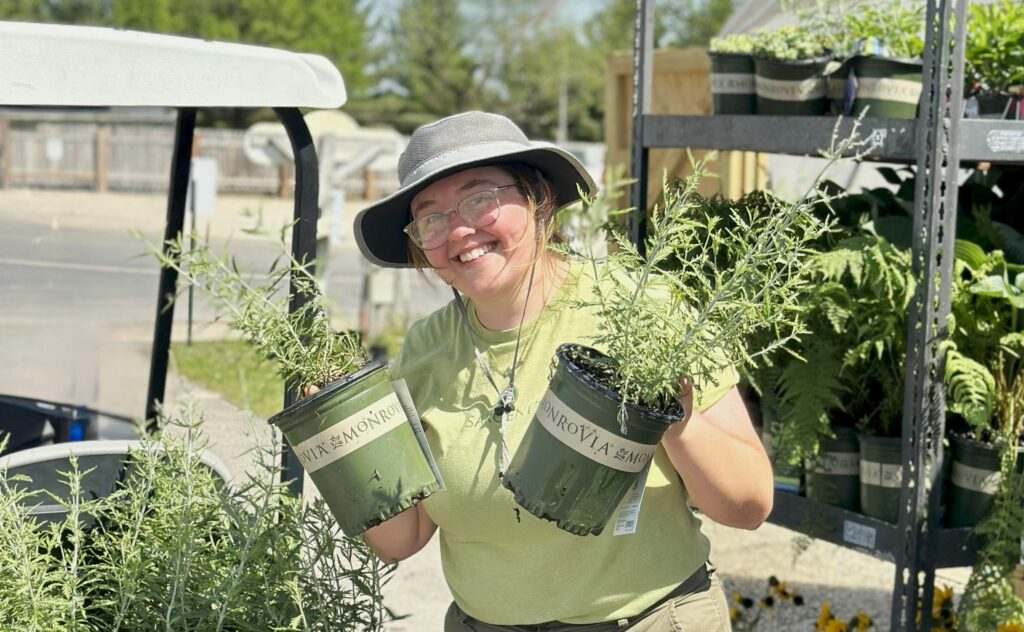At Sargent’s, we know that planting is only the beginning. The next step is to fertilize! Fertilizing gives plants the nutrients they need to thrive through the season and beyond.
In this guide, we’ll walk through the basics of fertilizer labels, explore different types of fertilizers (granular, liquid, slow-release), and help you choose the right product for your plant’s growth stage and goals. We’ll also showcase some of the tried-and-true products we carry right here at Sargent’s, including organic options and local favorites.
Watch this video to hear Neil from Sargent’s on Second explain fertilizer basics—from how to read N-P-K labels to choosing the right product for your plants.
Understanding the Numbers: N-P-K Explained
Each fertilizer label lists three numbers—such as 3-4-6. These represent the ratio of three key macronutrients:
Nitrogen (N) -Shoots: Promotes green growth and leafy foliage.
Phosphorus (P) – Roots: Enhances root growth and overall health of the plant.
Potassium (K) – Fruits (or Blooms): Supports flower and fruit development.
Think of these numbers as a way to match a fertilizer to your plant’s needs. Want leafy greens to flourish? Go heavier on nitrogen. Looking to boost blooms? Reach for something rich in potassium or phosphorus.
Plants need nutrients to thrive, but an excess can have adverse results as well. One common mistake is using too much nitrogen, causing plants to grow tall and strong, but produce small, if any, fruit.
Macronutrients vs. Micronutrient
While N-P-K covers the big three, your plants also benefit from micronutrients like calcium, sulfur, and magnesium. These are often overlooked but play critical roles in plant functions. For instance, calcium helps prevent blossom end rot in tomatoes and supports cell structure in many vegetables.
Some fertilizers, such as Espoma Garden-Tone or Sustane, include these trace nutrients. Sustane even clearly lists ingredients on its packaging, making it easy for gardeners to see what they’re feeding their plants.
Types of Fertilizers and When to Use Them
There’s no one-size-fits-all approach to fertilizing. Your plants’ needs change throughout the season, and so should your fertilizer routine. Let’s break down the different forms:
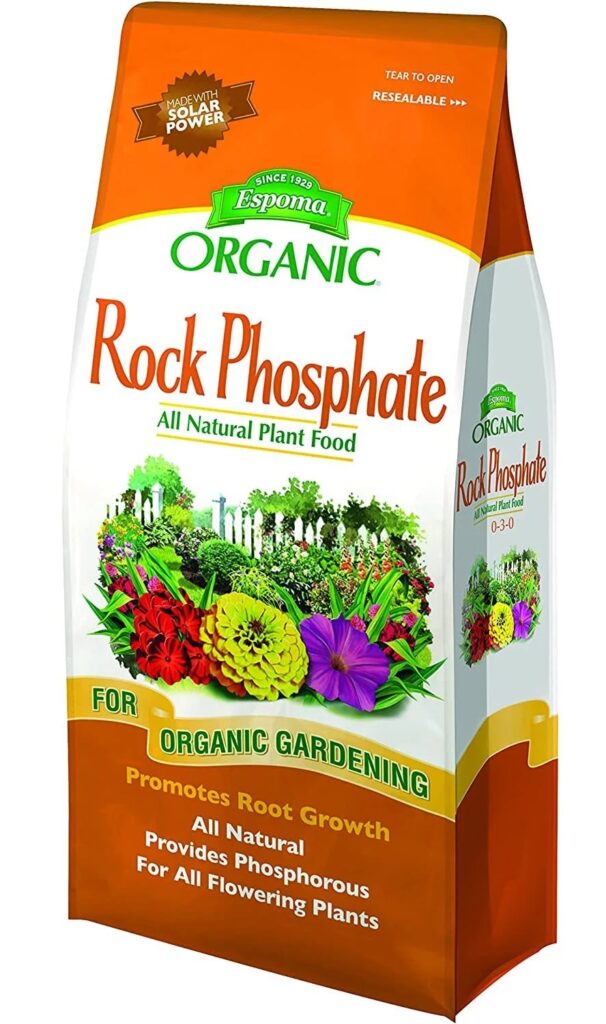
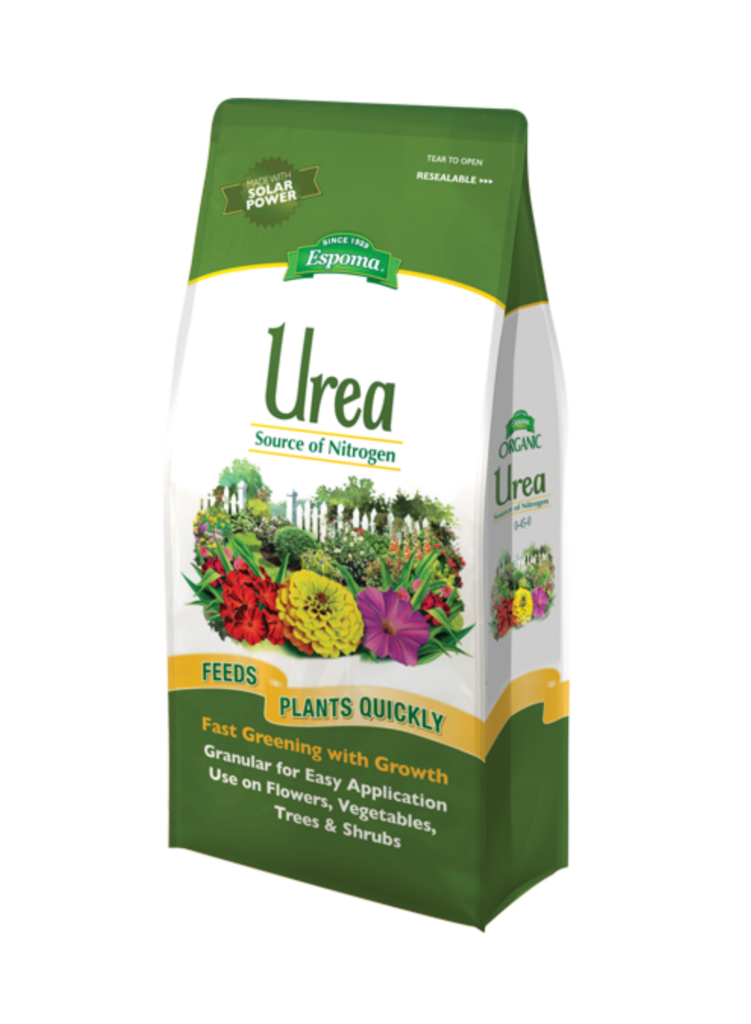
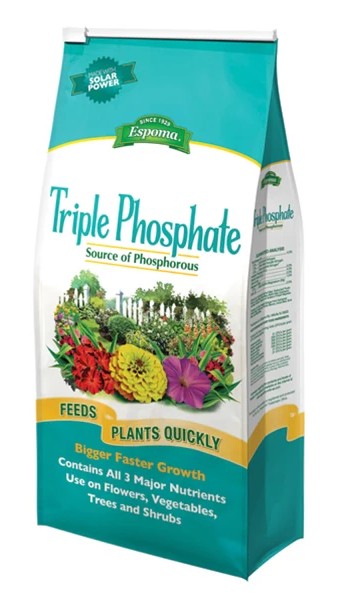
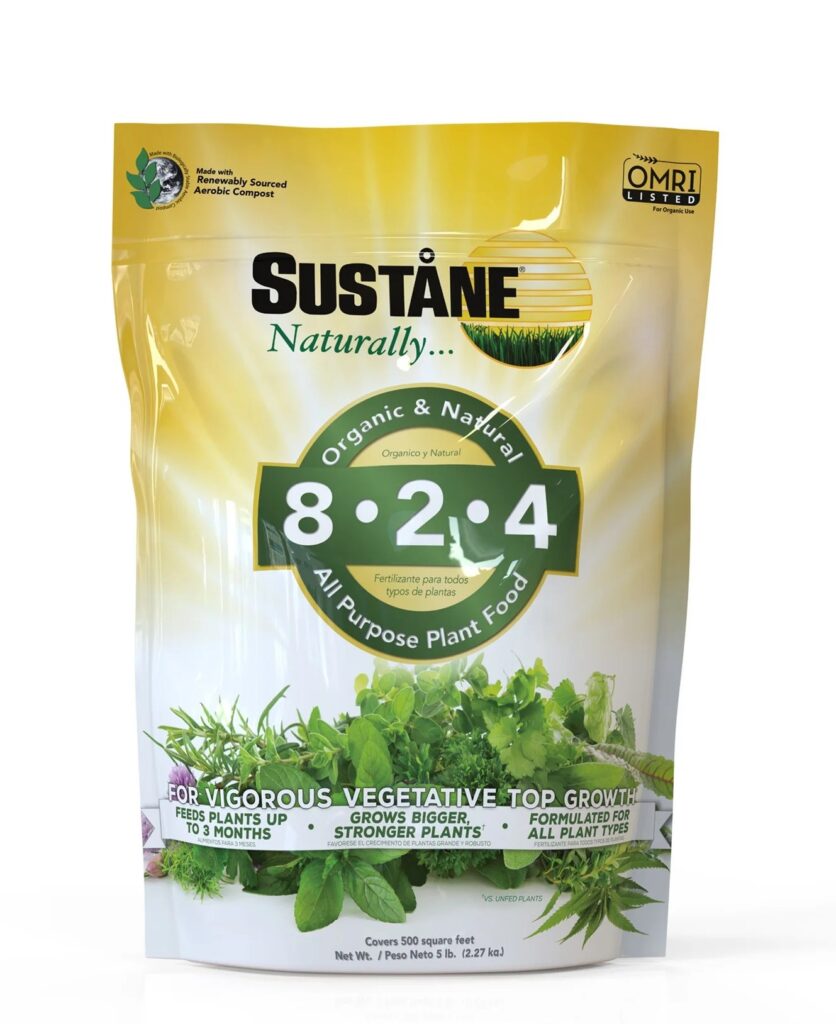
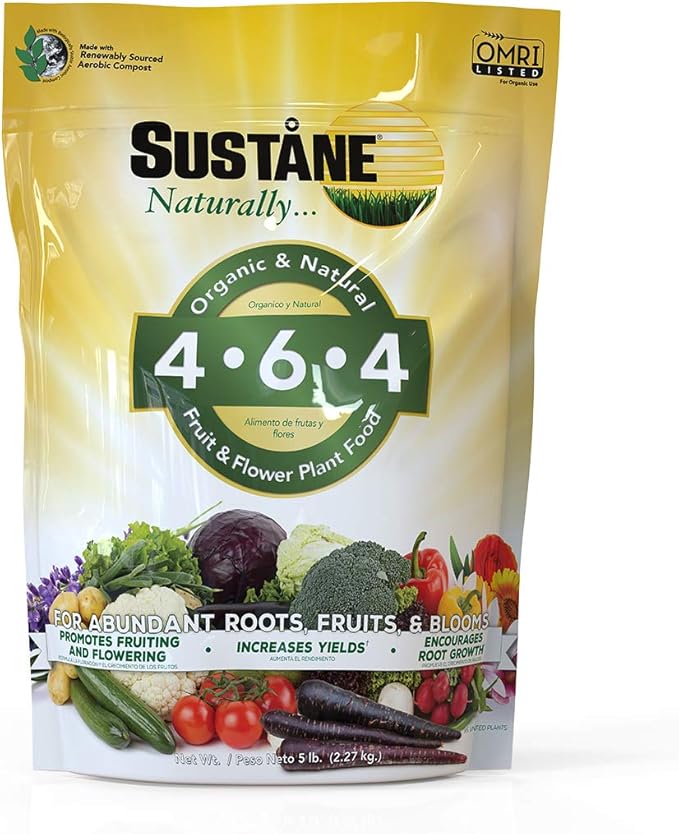
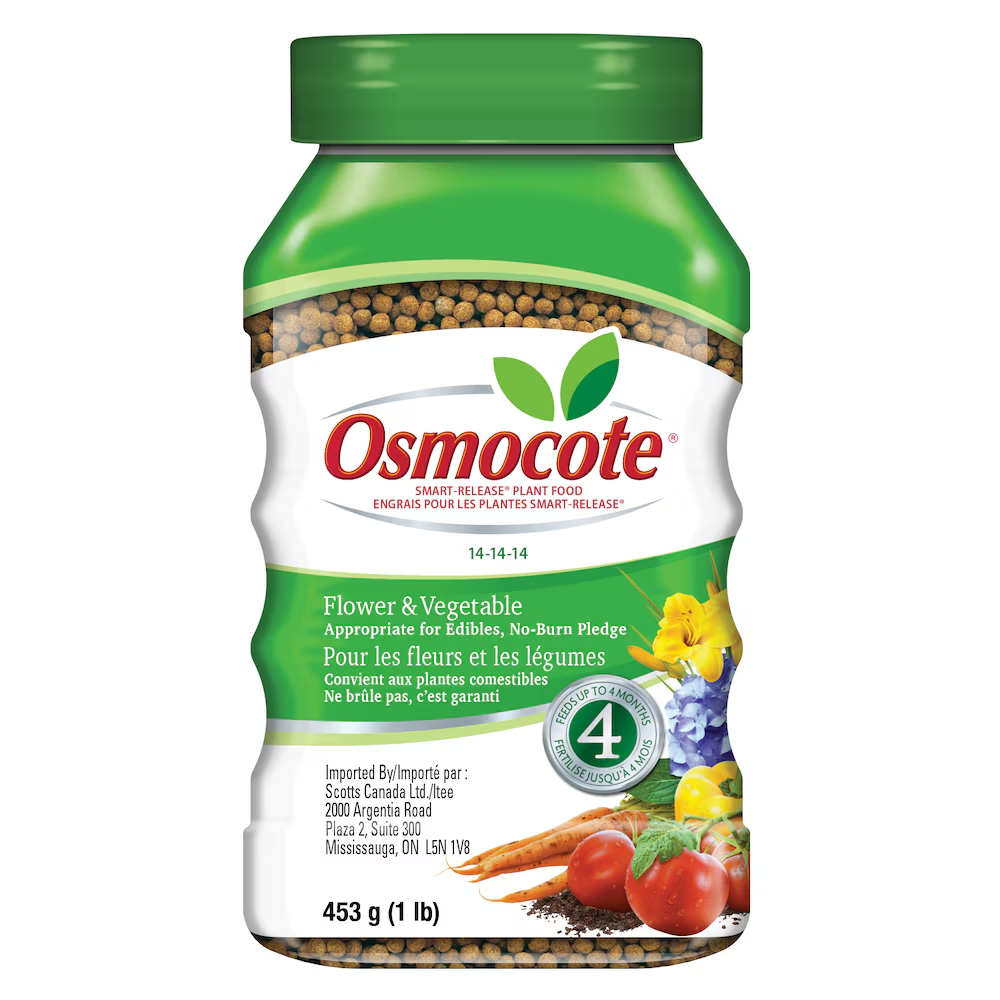
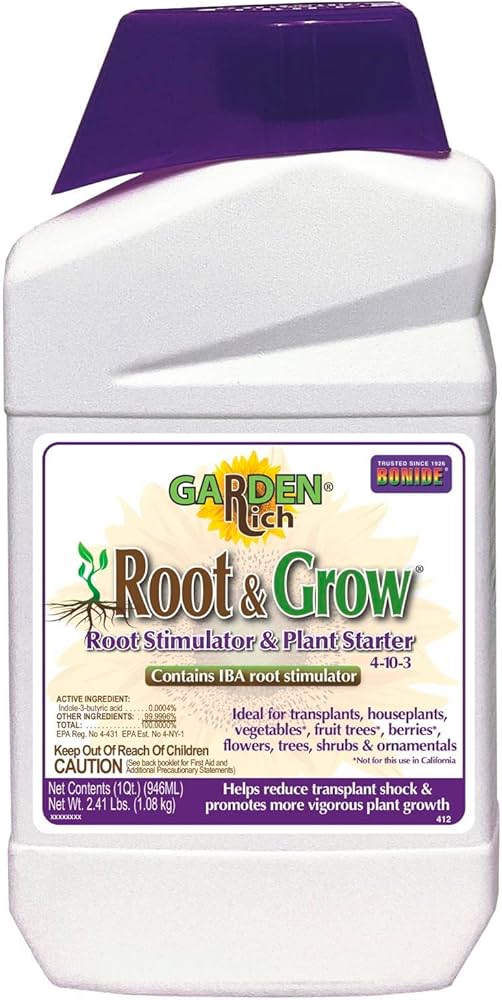
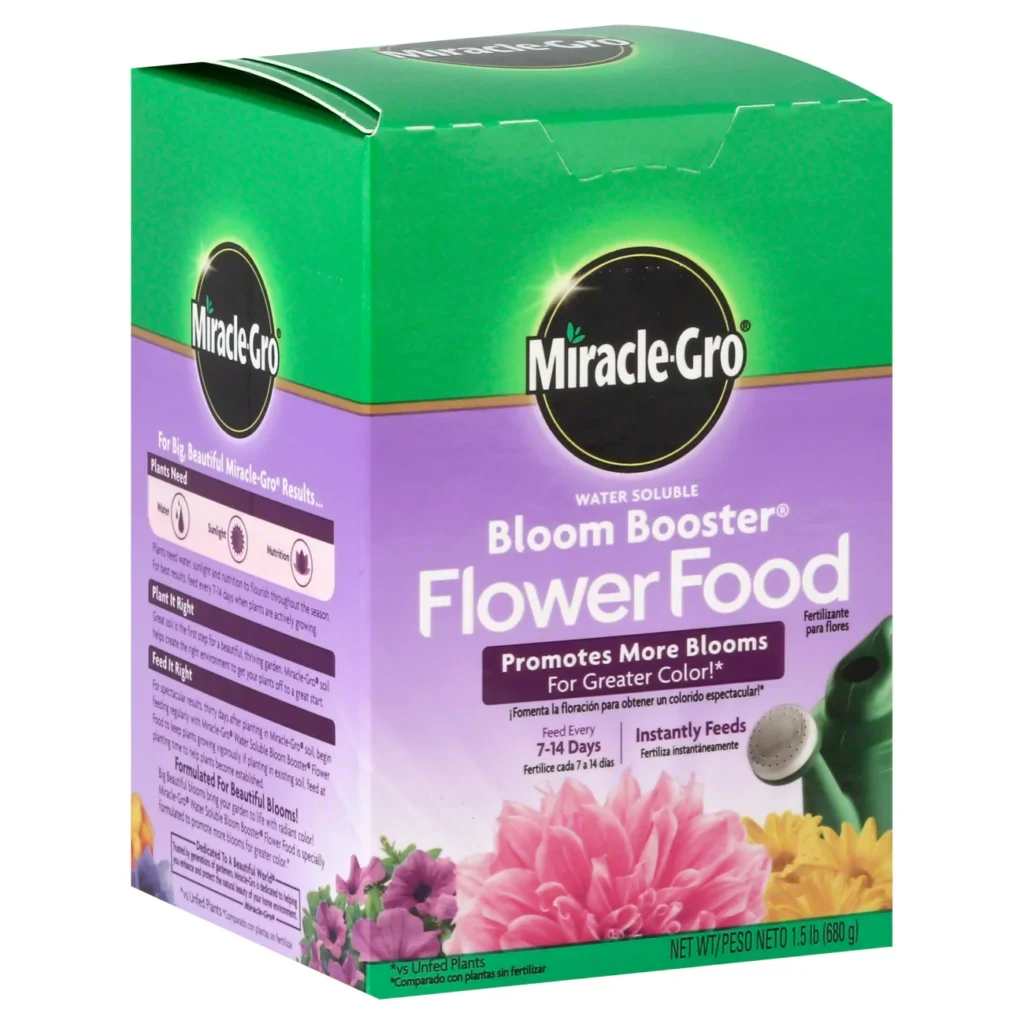
1. Granular Fertilizer
These small pellets (you can feel them in the bag) are spread on the soil surface and break down gradually with rain or watering. Products like Sustane (found only at Sargent’s on 2nd) and Espoma fall into this category.
- Use when: Planting annuals, perennials, shrubs, or trees in spring
- Benefits: Slow-release feeding over 2–3 months
- Tip: Reapply around July 4 to keep plants nourished through late summer
2. Slow-Release Fertilizer
Granular and slow-release are similar, but slow-release (like Osmocote) is specifically formulated to break down over a long period.
- Use when: Planting containers or landscape beds where continual feeding is desired
- How: Apply directly to the root zone at planting
3. Liquid Fertilizer
Liquid fertilizers like Root & Grow which stimulates early and strong root formation, are absorbed quickly and are ideal when you need fast results.
- Use when: Fertilizing newly planted trees and shrubs. Also great for plants that need a quick pick-me-up or are showing signs of stress.
- Benefit: Immediate availability to plant roots.
4. Water-Soluble Fertilizer
Powders like Miracle-Gro Bloom Booster are mixed with water and applied during regular watering. These offer fast nutrient delivery but leach from soil more quickly.
- Use when: You want to maximize flower production in annuals
- Frequency: Reapply every 2–4 weeks during the growing season
Matching Fertilizer to Plant Types
Let’s go through some plant categories and ideal fertilizer types for each:
Annuals & Flowering Containers
These plants crave consistent nutrients to maintain big blooms and vibrant color. Use a high-phosphorus fertilizer every few weeks to promote flowers, paired with a slow-release formula to provide baseline nutrition.
Products: Triple Phosphate (0-45-0), Miracle-Gro Bloom Booster, Espoma Flower-Tone
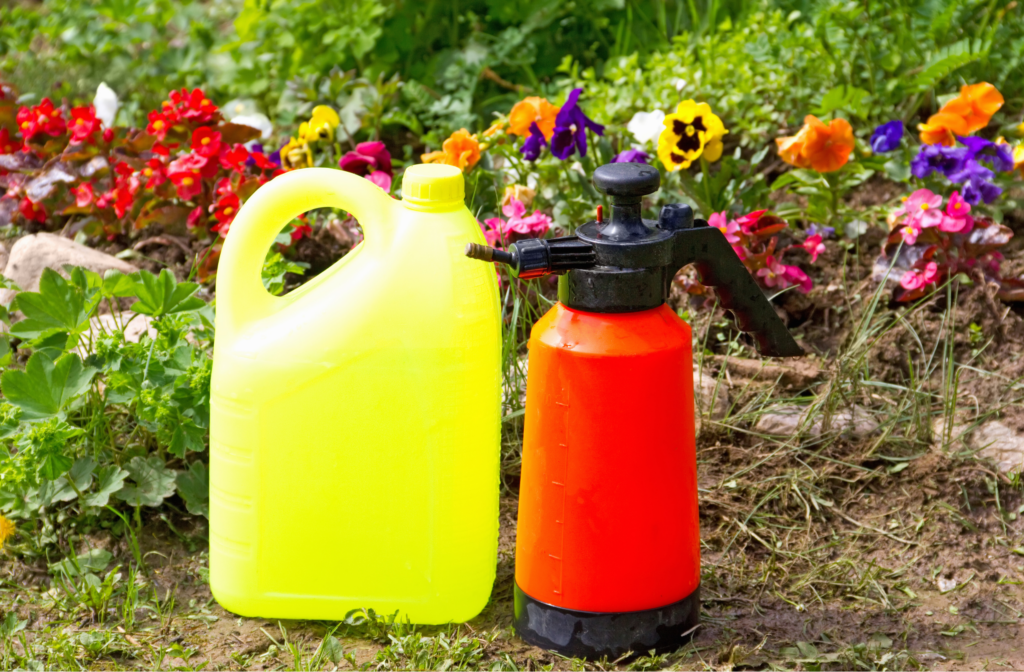
Vegetables
Veggies benefit from a balance of nitrogen, phosphorus, potassium, and micronutrients—especially calcium. Fertilizers designed for tomatoes and garden beds typically offer a comprehensive nutrient profile.
Products: Tomato-tone (3-4-6), Sustane (8-2-4), Espoma Garden-Tone, URA (4-5-0)
Perennials & Shrubs
These plants rely on good root development and sustained health. A slow-release or granular fertilizer applied at planting and again midseason usually does the trick.
Products: Espoma Plant-Tone, Osmocote, Rock Phosphate
Leafy Greens
Leaf crops like spinach and lettuce need plenty of nitrogen to maintain lush, edible foliage. Choose a fertilizer with a strong first number (N).
Products: Sustane (8-2-4), liquid nitrogen-rich fertilizers
Healthy Soil Makes Happy Plants!
Choosing the right fertilizer doesn’t have to be complicated. Start with your plant’s needs—whether that’s leafy growth, flowers, or fruit—and match them with the right nutrient balance. Apply a slow-release product in early spring, then supplement with water-soluble or liquid fertilizers during active growth.
Need help deciding what’s best? Watch Neil’s full video [linked here] or visit us at Sargent’s on Second or Sargent’s North. Our garden experts are ready to help your plants grow strong, healthy, and beautiful.
Recent Blog Posts

